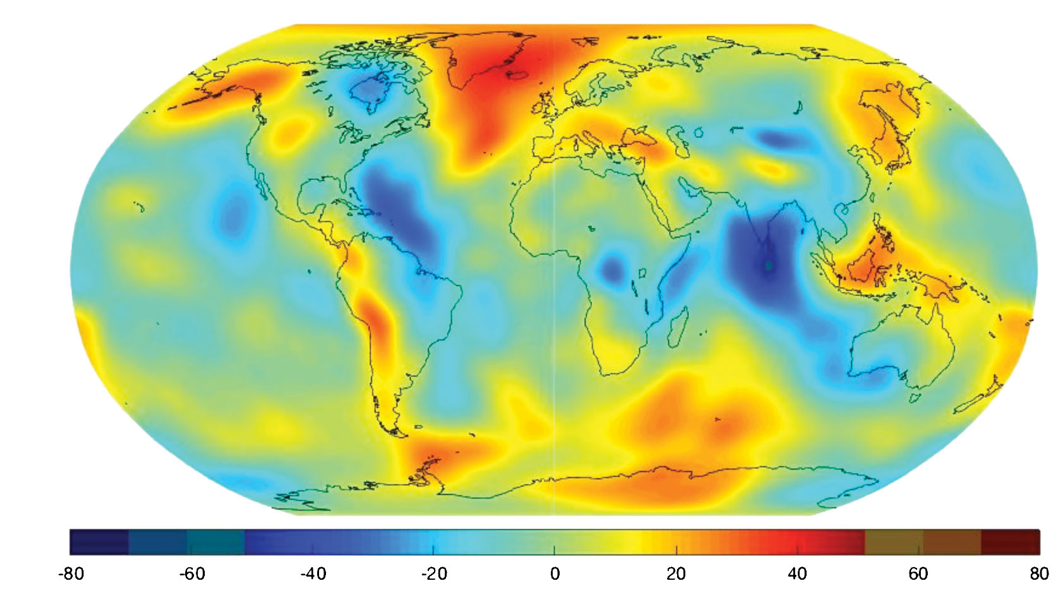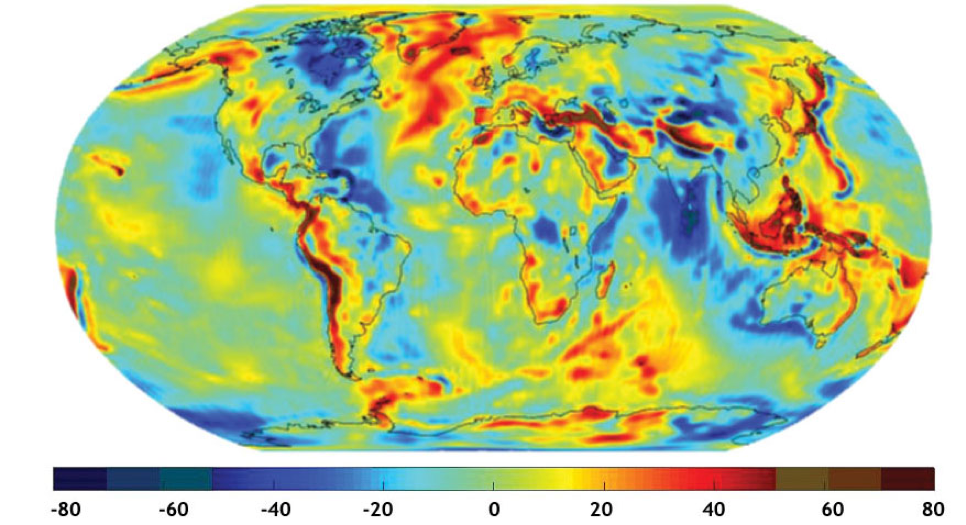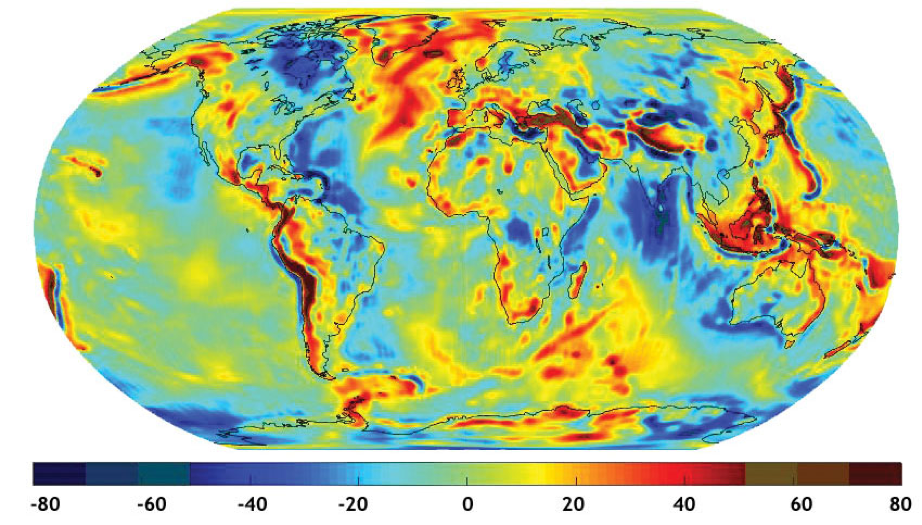
|
GRACE Gravity Model 05 - Released 2016
The global Earth gravity model, GRACE Gravity Model 05 (GGM05) is a significant improvement upon, and supersedes, the previously released models GGM01, GGM02 and GGM03. The GGM05S model is based on the analysis of ten years of GRACE in-flight data, spread between January 2003 and May 2013. GGM05G combines GGM05S with GOCE gradiometer data spanning November 2009 to the end of the mission in October 2013. The GGM05C gravity model was estimated to spherical harmonic degree and order 360 from a combination of GRACE and GOCE gravity information (based on GGM05G) and surface gravity anomalies from DTU13. The GGM05 model suite is released with the following information available: :
The GGM05 models should be cited as: J. Ries, S. Bettadpur, R. Eanes, Z. Kang, U. Ko, C. McCullough, P. Nagel, N. Pie, S. Poole, T. Richter, H. Save, and B. Tapley (2016) Development and Evaluation of the Global Gravity Model GGM05, CSR-16-02, Center for Space Research, The University of Texas at Austin. For more information, please contact the Center for Space Research at 512-471-5573 or e-mail: grace@csr.utexas.edu. Further Progress in Measuring the Earth's Gravity Field
A milligal is a convenient unit for describing variations in gravity over the surface of the Earth. 1 milligal (or mGal) = 0.00001 m/s2, which can be compared to the total gravity on the Earth's surface of approximately 9.8 m/s2. Thus, a milligal is about 1 millionth of the standard acceleration on the Earth's surface. ApplicationsThese gravity field model improvements allow solid Earth scientists to more accurately infer the Earth's internal structure at finer resolution than ever before possible from space. Ocean scientists can combine this gravity model with ocean height measurements from satellite altimeters to study global ocean circulation on a finer scale than has been previously possible. These will, in turn, enable a better understanding of the processes that drive the Earth's dynamic system (solid Earth, ocean and atmosphere), thus leading to better analysis and predictions of climate change & natural hazards. In addition, GRACE allow hydrologists to monitor entire the water in underground aquifers and entire river basins, providing better information for decisions about drought mitigation and flood hazards. |





